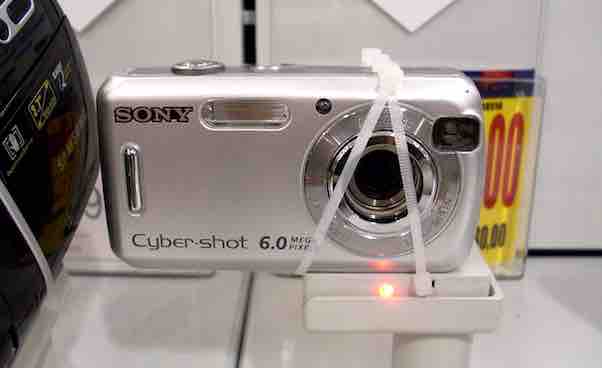
Sony’s organizational structure facilitates business operations in the electronics, gaming, entertainment, and financial services markets. The company’s corporate structure reflects the design and system that determine the relative positions and functions of organizational members. Sony has changed its organizational structure to adjust to changes in the industry. The changes in this company structure support improvements in competencies, identified in the SWOT analysis of Sony, to address competitive rivalry in markets for consumer electronics, media and entertainment, and game services. Competitors include Apple, Google (Alphabet), Samsung, Microsoft, and Nintendo, as well as Disney and Netflix. As a major global business, Sony has an organizational structure for addressing challenges in current global market conditions.
Changes in its organizational structure have increased Sony’s business resilience. The company’s new corporate structure ensures effectiveness in focusing on key business segments and the most profitable products. The current company structure and organizational design ensure the fulfillment of business goals based on Sony’s mission statement and vision statement and their influence on strategic decisions, especially among top leaders and managers at the company’s headquarters in Japan.
Sony’s Organizational Structure Type & Features
Sony has a balanced matrix organizational structure. Even though geographic divisions are present, this corporate structure is primarily based on business function and product/business type. Some executives head multiple divisions or groups. The following are the characteristics of Sony’s organizational structure:
- Function-based groups
- Business-type divisions
- Geographic divisions
Function-Based Groups. This structural feature involves Sony’s business functions and reflects the company’s hierarchy and leadership. For example, Research & Development functions are grouped together. The objective is to use this corporate structure to support functional efficiency and effectiveness. Sony has the following function-based groups or departments in its organizational structure:
- Office of the CEO
- Finance
- Research & Development
- Legal, Compliance, Corporate Communications, CSR, External Relations, Information Security & Privacy
- Manufacturing, Logistics, Procurement, Quality & Environment
- Engineering
- New Business (Strategy)
- Sales & Marketing
- Human Resources & General Affairs
Business-Type Divisions. In its organizational structure, Sony maintains divisions based on business type or product type. For example, the Imaging & Sensing Solutions business is responsible for semiconductor manufacturing. The variety of these divisions of the business structure reflects the challenging competitive environment shown in the Five Forces analysis of Sony. The company now focuses on three of its business segments, namely, (1) Game and Network Services, (2) Pictures, and (3) Music. However, the business-type divisions that compose the segments in Sony’s organizational structure are as follows:
- Game & Network Services
- Music
- Pictures
- Entertainment, Technology & Services
- Imaging & Sensing Solutions
- Financial Services
Geographic Divisions. This structural characteristic determines strategic decisions in Sony’s business. The company uses geographic divisions for finance, planning, and strategic decision-making. For example, geographic divisions are used in financial reports. Also, Sony’s marketing mix (4P) and its strategies and tactics account for the geographic divisions of this company structure. Sony’s corporate structure has the following geographic divisions:
- Japan
- United States
- Europe
- China
- Asia-Pacific
- Other Areas
Sony’s Structure: Advantages & Disadvantages
Flexibility is a key advantage of Sony’s matrix organizational structure. For example, the linkages among function-based groups and business-type divisions enable the company to responsively address market demand. Sony’s corporate structure also has the advantage of resource focus on specific businesses or product types. The business-type divisions enable the company to focus its efforts and resources to support innovation and product development, which is among Sony’s intensive growth strategies and necessary for the company’s generic competitive strategy.
A disadvantage of Sony’s company structure is the limited flexibility of the geographic units of the business. Nonetheless, the company has subsidiaries in various countries, especially the United States. Still, Sony can improve its organizational structure by increasing the autonomy of some of its groups, such as the sales and marketing function in Europe.
References
- Albert, D. (2024). What do you mean by organizational structure? Acknowledging and harmonizing differences and commonalities in three prominent perspectives. Journal of Organization Design, 13(1), 1-11.
- Sony Corporation – Corporate Data.
- Sony Group Corporation – Businesses & Products.
- Sony Group Corporation – Executives.
- Sony Group Corporation – Form 20-F.